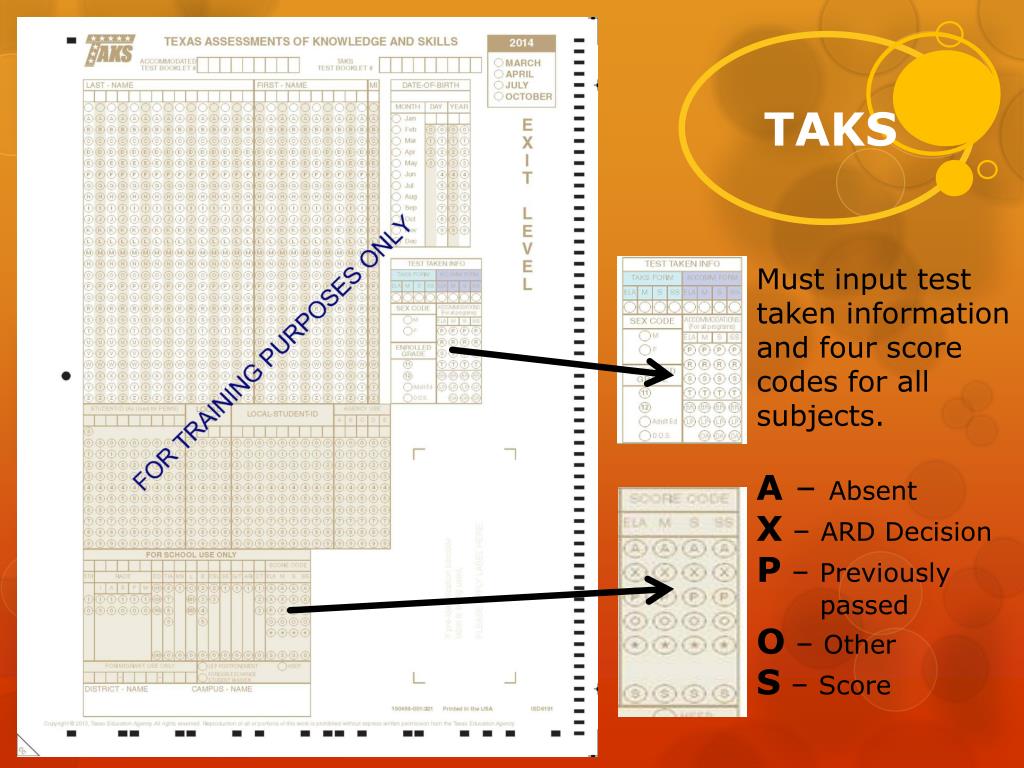
#Taks benchmark tests how to#
Decide how to quality-check your sessions. Doing so makes it easier to replicate your test. Reuse the same metrics questions with different tasks. Bundle a qualitative task with quantitative metrics questions.Settle on a few key tasks and write clear, concise task instructions that can be used repeatedly, even if the tested design changes several times over the course of a benchmark study. Limit the number of tasks and reuse them.Here are some best practices that will help you write and conduct an effective benchmark study: Best practices for running a benchmark studyīecause a single benchmark study involves multiple stages, writing an effective benchmark demands a well-thought-out structure. The differences in metrics from the baseline to the new design will show how well the new design is working. Once you have successfully completed a baseline benchmark study, replicate and launch the study again, after design changes have been implemented. Doing so validates the structure and usefulness of the baseline presenting an unsound, poorly structured baseline to a larger group means that you’ll likely have to start all over again with a new baseline study. The first of your benchmarking studies, the baseline will be to what you compare the results of the ensuing studies so as to conclude how much change and what kind of change occurred.Ī caveat: before launching it to a larger group, be sure to pilot the baseline study with at least one individual in each contributor group. To accurately benchmark a design or customer flow, you need to start with a baseline. When do I conduct a benchmark study?īenchmark studies are particularly valuable when launched before you and your team have begun any redesign efforts. The metrics/results of each successive study will inform you as to how successful these changes and revisions have been.Ī benchmark study is considered a “summative” assessment, so greater attention is paid to creating tasks that can be reused multiple times, independent of the kind of changes or improvements made to a site, app, or design. How do benchmark studies help me?īenchmarking allows you to track the progress (or lack thereof) of the changes and revisions that comprise the typical multistage redesign. There are a handful of factors that can dictate how many contributors to use, including whether you are comparing products, designs, or even one benchmark to another-or if you’re investigating usability issues with, for example, a site or an app.

The answer is the UX industry’s standby response: it depends. But what is the recommended sample size for benchmark and baseline studies? How many contributors should I use in a benchmark study?īenchmark studies typically have sample sizes larger than the average qualitative (or formative) usability studies.


Most benchmark studies focus on basic usability requirements, such as task success, errors, time on task, and subjective user ratings (satisfaction, “ease of use,” confidence in being able to complete the task). How many contributors should be used for a benchmark studyīest practices for running a benchmark study Such studies are typically run on a regular basis (monthly, quarterly, yearly) and evaluate how a user's experience with your product changes over time. A benchmark study measures and compares usability metrics against a baseline study.


 0 kommentar(er)
0 kommentar(er)
